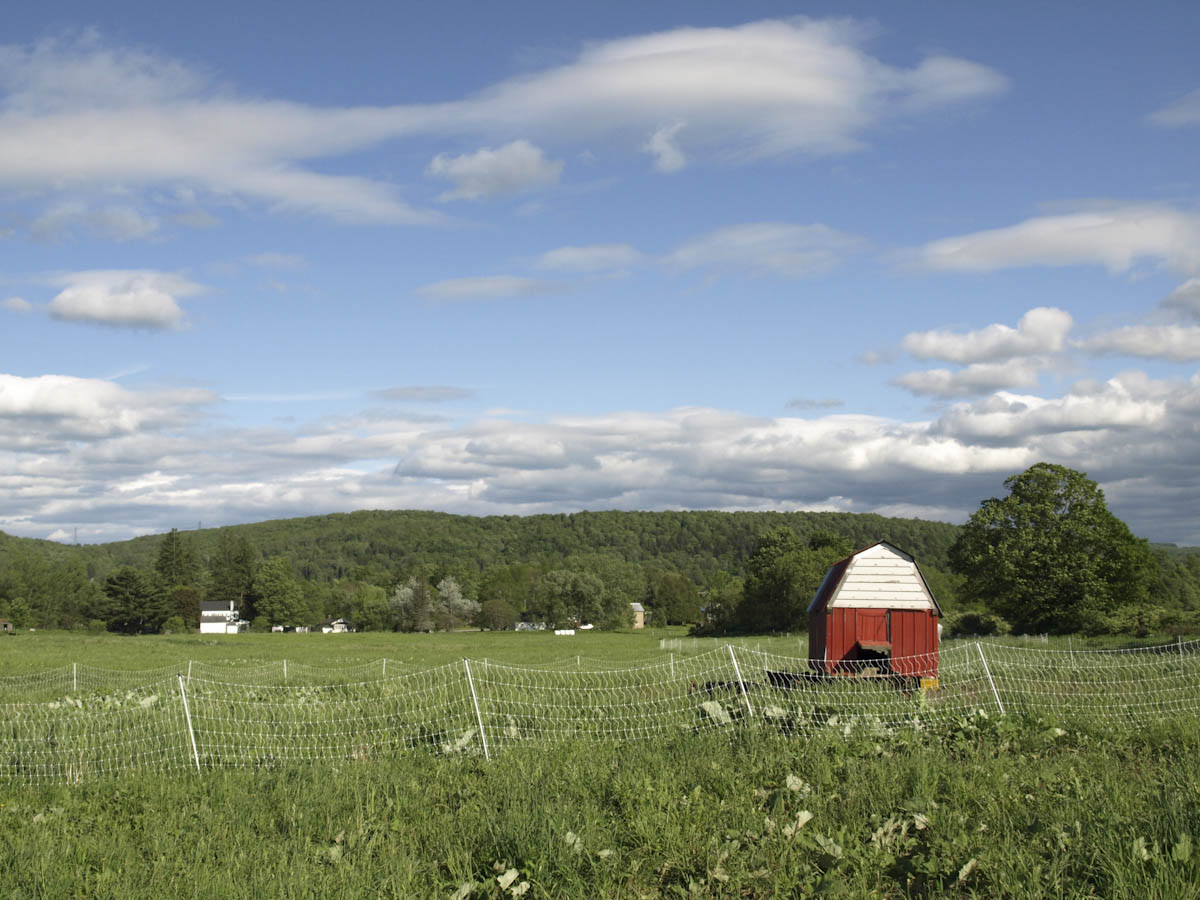The False Choices of Big Chicken
No matter what the label says, almost all supermarket chicken is the same
Though it resides in the murky area between legitimate and pop psychology, I am quite fond of the idea of choice paralysis, meaning the idea that having more options makes it harder to happily settle on anything. Deciding on one out of fifteen types of jam is harder than deciding on one out of three. But even if an overabundance of choice is more likely to leave you second guessing – would lingonberry have been better than the blackberry you settled on? – at least you are getting something different. What if all fifteen types of jam were actually just the same three with a bunch of different labels slapped on the jars?
It turns out this is more or less the case a when it comes to supermarket chicken, as a recent report from ProPublica highlights. By tracing USDA plant numbers on hundreds of packages the authors track dozens of different brands of chicken to just a handful of few plants.
The opacity of consolidation
It’s important to note something here. What ProPublica documents is that the chicken sold under numerous brand names all comes from just a few giant processing plants. It would be nice to be able to trace packages further back, to find the actual farm that raised a particular chicken, but that’s simply impossible. Perhaps the large conglomerates could disclose precisely which of their contract farmers raised one bird or another, but they don’t seem to be interested in providing this information to the public.
I’ve talked about this sort of consolidation in the beef industry, in which one giant company will market the same meat under a bunch of different labels in order to dress a multinational conglomerate in a costume of homespun authenticity. Even though there’s no way to know the exact farm any chicken came from, we can be confident that it came from a contract farm, was of the exact breed, lived in the exact housing, and ate the exact feed specified by Perdue or Tyson or JBS, and we can be confident that it was not raised by a small, independent farmer.
Though supermarket organic chicken is fed organic feed, the companies, the contract, and the methods remain largely the same. The same mega processing plants are used, though they are (theoretically) cleaned when shifted from conventional to organic chickens.
I find this all very uncomfortable
Regular readers of this blog may recall my post from a couple weeks ago, in which I discussed the troubles facing fake meat companies. Towards the end of that missive I mentioned my misgivings with the refrain, commonly voiced by farmers like me, that the current agricultural system must be a relentlessly evil, monolithic entity, while small family farms must be a perfect alternative.
There are two obvious problems with this. First, small farmers (at least this small farmer) don’t have all the answers. I can see many, many problems with farming in America and I can see ways to do things better on my farm. But I don’t know the best way to grow corn in Nebraska or carrots in California. As much as I wish things could be radically different, I don’t have even a modest slate of reforms I’m confident would make a real change for the better. And when I do produce meat in what I consider an ethical way – animals raised well, fed well, and processed in an independent slaughterhouse that treats its employees well – it inevitably costs much more than what’s available in the supermarket, meaning it isn’t a viable choice for everyone.
Second, casting conventional farmers as villains makes change harder. Most farming is conventional, so whatever widespread change might look like it will have to take place mostly on conventional farms. That means it will almost certainly have to be done largely by conventional farmers.
Yet when I look at the way chicken is produced, it’s hard for me to see anything good in the industrial system that currently dominates the marketplace, other than the incredibly low price. The chickens are raised by the tens of thousands in huge barns. They are slaughtered in plants that systematically exploit their workers. As the article linked at the outset of this post details, salmonella is such a chronic problem in these plants that only regularly spraying disinfectants on every surface, including the chicken, can even partially keep it at bay. How can such a system operating on such a scale be incrementally reformed? Doesn’t it just need to be replaced by something better?
Can choice make a difference?
The good news is that if you buy chicken from me or another small, independent farm, you will be getting chicken that is genuinely better, particularly if it’s a farm that raises chickens on fresh pasture. None of us can know the ultimate impact of our choices. But I’m happy to offer something that is a real alternative – and thus at least real choice – rather than the same Perdue chicken going by a different name.

